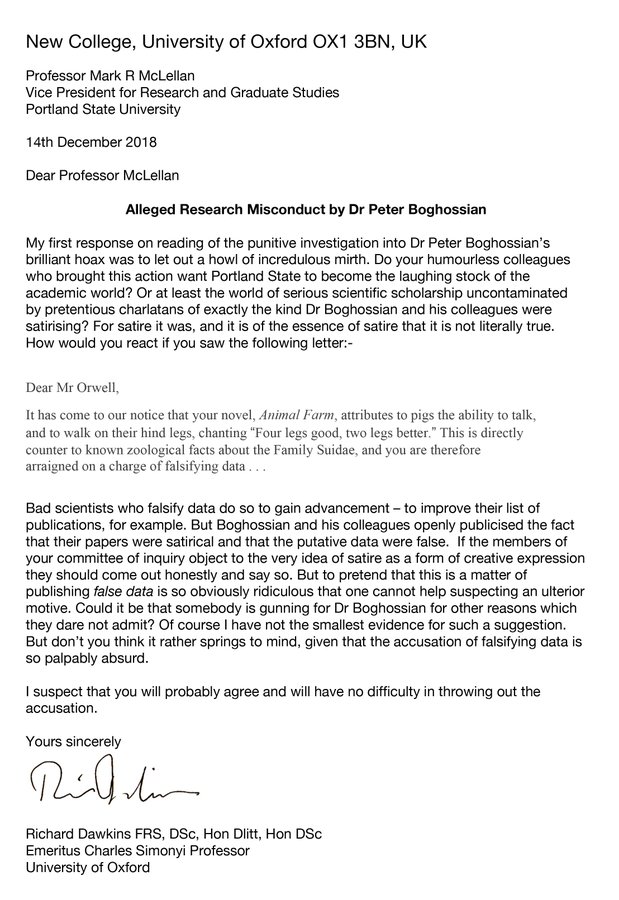Philadelphia’s John Wannamaker Christmas Light Show Collection
One of my favorite things to do over the Christmas holidays is to go to Center City Philadelphia to the John Wanamaker Building (now Macy’s) to see the Light Show. The Light Show is a Philadelphia tradition dating to 1955 that is set in the Grand Court of the Wanamaker Building. Of course, as he is in the grandest of all Philadelphia department stores, the Santa Claus there – as all traditional Philadelphians know – is the real one. The Light Show has changed over the years, adding some elements and subtracting others, and even featuring a water show at one point. Of course, as John Wanamaker’s eventually went out of business, and the building was then assumed by Lord & Taylor, followed by Hecht’s, then Strawbridge’s, and ultimately by Macy’s, the Light Show went in to disrepair and became highly abbreviated. Thankfully, several years ago, Macy’s has tried to restore the Light Show to its previous grandeur, despite the fact that it has eliminated some long running elements to it. Although the 9th floor toy department, with children’s monorail on the ceiling, is long gone, Macy’s brought the Charles’ Dickens village from the Strawbridge and Clothier in the Philadelphia Gallery over to the Wanamaker Building, to create a wonderful Christmas experience.
As a great lover of the Light Show, I have collected some pretty good versions of it over the years, which can be found below. Needless to say, I have a special affinity for the versions from 1983 and 1996. These videos now seem especially important given the fact that, due to the corona virus, there is no Light Show in 2020 (only the lights are on, there is no music or show). This is the first Christmas of my life (and hopefully the only) that I have not seen the Light Show.
Enjoy and Merry Christmas:

